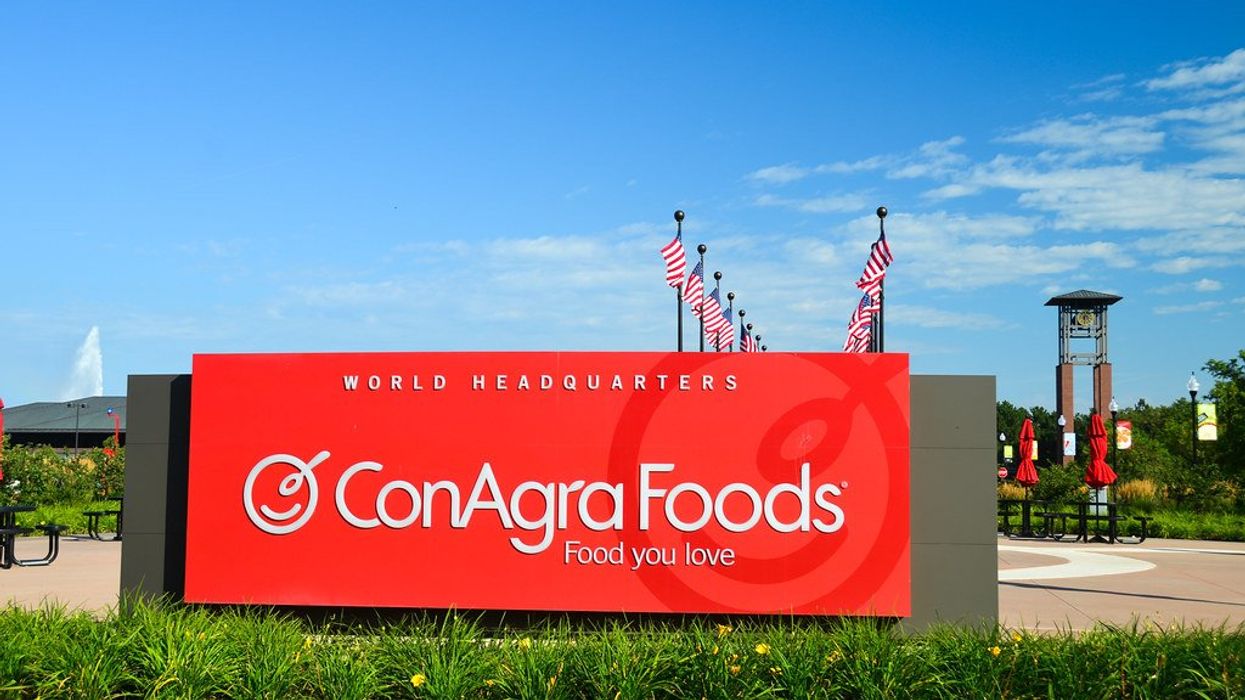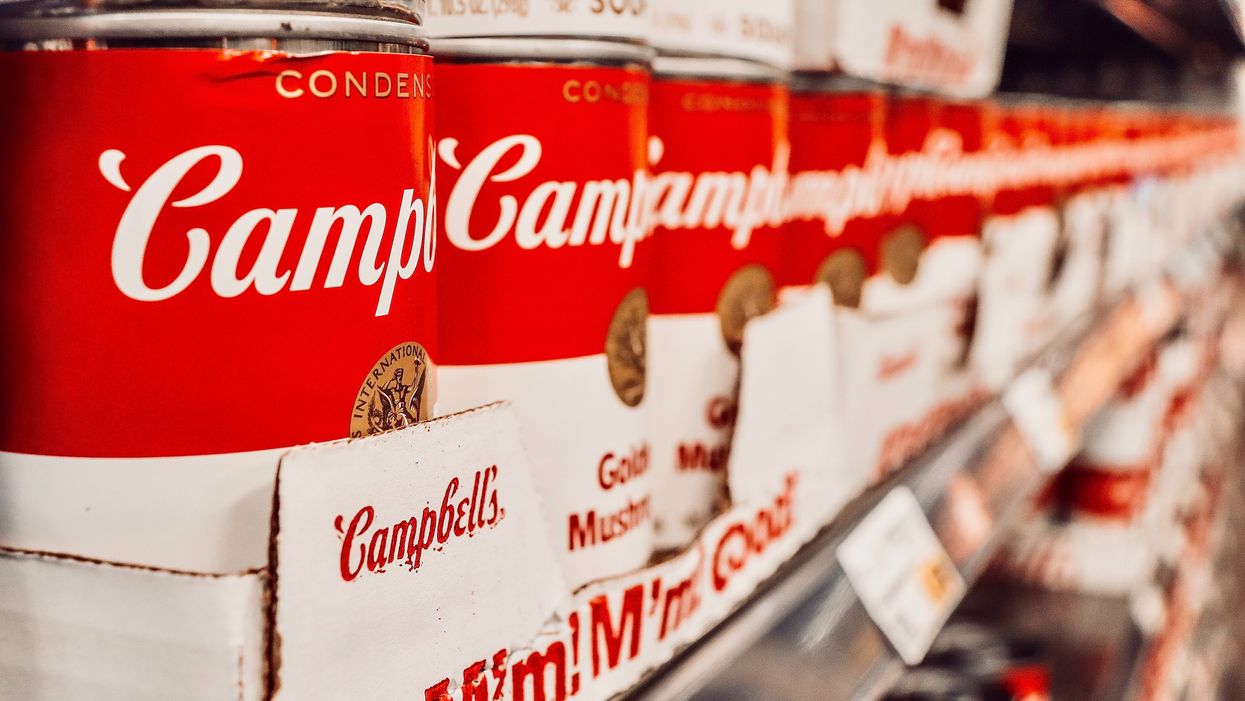Brands must balance pricing that recoups cost and meets acceptable standards with consumers, while boosting profitability that is crucial to a healthy business.
That’s true at any time, but it is especially in focus at a time of high inflation. Over the last year, many CPGs raised prices as executives saw higher costs came through the supply chain, and watched as consumers shifted behavior to buy fewer items, and potentially shift to private label products. This cycle weighs on profits, as higher sales dollars do not necessarily equate to more money being made by companies at a time when prices are rising dramatically. But as inflation is starting to moderate and the supply chain is clearing up, brands are seeing room to gain back some of the margins that were sacrificed amid the economic swings of the last two years.
That’s the case at Conagra Brands. The maker of recognizable food brands like Slim Jim, Duncan Hines and Hunt’s saw “sustained recovery of our gross profit margin for a second consecutive quarter,” CEO Sean Connolly told analysts on the company’s earnings call to recap the quarter ended Feb. 26 this week.
The company’s adjusted gross margin was 28.1%, marking a 409 basis point increase over the same quarter of last year, while adjusted operating margin of 16.9% was a 321 basis point increase over that period.
Connolly said gross margin recovery is the “top priority” this year for the company. This has been helped by supply chain improvements, as well as a “pruning” of low-margin promotions, such as 10 for 10 deals on certain products. It also helps that elasticities – which measure the threshold at which customers will switch to a different brand or private label – remain “muted” in Conagra’s categories.
There’s a push and pull playing out between the prices consumers are paying, and the number of products– measured by unit volumes – that they are buying. Net sales may be higher as inflation increases, while volumes go down. But if sales growth starts to fall as inflation comes down, that’s not necessarily a negative factor if volumes improve. Connolly outlined the cycles that play out with inflation:
“Navigating these inflation cycles is pretty mechanical. You get hit with inflation, you take price, you don't reflect it right away, and therefore, you experience a lag, which compresses margins,” he said. “But then pricing catches up and margins recover as you saw us start to do really materially in [the previous quarter]. Then when you wrap these actions, dollar growth comes down and unit performance improves, both because elasticities wane and because you wrap the unit impact.”
The recovery of margins undoubtedly helps companies return value to shareholders. In Conagra’s most recent quarter, adjusted earnings per share rose 31% over last year.
But there’s another purpose: Margins fund continued improvement and new products that are geared more toward long-term growth of a healthy business.
“Our gross margins fund our innovation program, and that innovation has been the centerpiece of our playbook and our success in driving sustained category growth in our two strategic focus areas – frozen and snacks,” Connolly said. “This recovery, therefore, means you should continue to expect a relentless stream of provocative innovation and brand-building support as we go forward.”
Some of that will come in the form of products. Some will come in the form of digital marketing that drives demand. Overall, Conagra’s advertising and promotional spend for the quarter increased 23.9% to $81 million as it increased investment in social and digital marketing.
In one example of a recent initiative, Connolly said Conagra is user generated content, where brands connect with people that use their products, and allow them to their story authentically on various social platforms.
“We call those people irrefutable advocates. They live on TikTok, in Insta…we build relationships with them, and they tell our story,” Connolly said. “It's incredibly efficient.”
The story of this inflationary period is by no means over. Prices are still elevated across the economy. That’s especially true in food, where Conagra sees as being 10% for its full fiscal year, and 5.5% in the quarter that is currently happening. This means there will be more actions to bring it down by the Fed that shape consumer behavior, and a continued balancing act that brands must perform on pricing, volumes and elasticity. But as they see margins improve, there are signs that brands are moving back toward initiatives that are geared toward sustainable growth. Connolly summed up the current period this way:
“We have successfully executed pricing actions in response to inflation, that inflation is moderating, and elasticities remain remarkably consistent and benign,” he said. “We're moving past discrete supply chain disruptions and continue to make progress on our margin expansion initiatives such as productivity and value over volume, all within an environment that is normalizing.”












